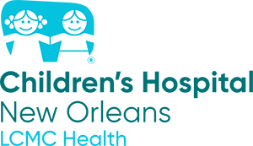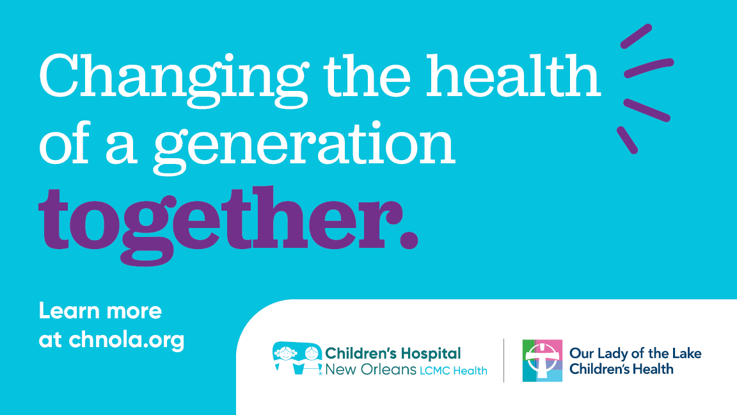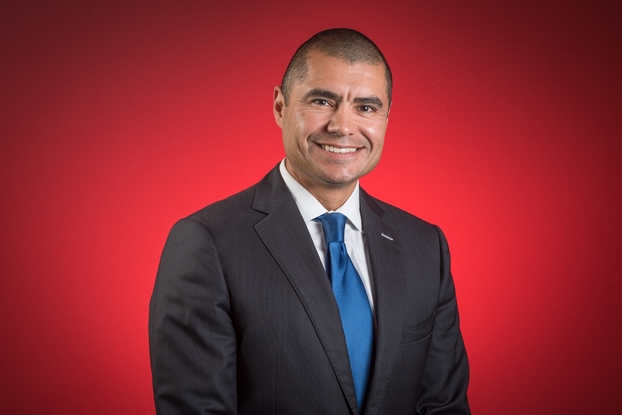Fixing Broken Hearts with Cardiac Catheterization
- Category: Living Well
- Posted on:

Some pediatric heart problems can be diagnosed or repaired during a cardiac catheterization procedure, where a long, flexible tube (catheter) is inserted into a blood vessel. During the procedure, the doctor guides the catheter into the child’s heart to find and treat heart problems. Often, the heart problem was present at the child’s birth, called a congenital heart defect.
Diagnosing Heart Problems
Diagnostic catheterization is used less often now. Other tests such as echocardiography, MRI and CT scans are often used instead. A diagnostic catheterization may be done to get images of the heart, check blood flow and heart valves, measure oxygen levels and electrical activity, and other purposes.
Fixing Broken Hearts
Interventional catheterization has replaced surgery for some procedures. An interventional catheterization may be done to:
- Close an abnormal opening between the two sides of the heart
- Close abnormal blood vessels
- Widen a narrow blood vessel or heart valve
- Replace a dysfunctional valve
- Treat an abnormal heart rhythm (heart beating too fast or too slow)
Cardiac catheterizations in children are usually safe. But there are some risks, including injury to the heart and vessels, bleeding, infection, and allergic reactions, among others.
Helping Your Child Prepare for the Procedure

You might ask the doctor, nurse or a child life specialist to explain the procedure to your child. Before your child’s catheterization, you should:
- Make sure your child has stopped eating or drinking at a certain time before the procedure.
- Try to keep your child healthy to avoid postponing the catheterization. Keep your child away from people with fevers, colds or other viruses.
- Let the doctor know if your child gets sick before the procedure.
- Prepare quiet, relaxing activities to entertain the child during recovery.
What Will Happen During My Child’s Cardiac Catheterization?
The procedure is done in a cardiac catheterization suite (cath lab) in a hospital. Your child’s doctor and a specially trained staff of nurses and technicians will be there during the procedure. Your child is either given medicine to help him or her relax (sedation) or general anesthesia so he or she is asleep during the procedure. Once in the cath lab, he or she will lie on a small table with a lot of equipment nearby.
In general, here is what will happen:
- The healthcare team will give your child an injection of numbing medicine (local anesthetic) in the area where the catheter is going to be inserted, usually the groin. Other blood vessels in the neck or bellybutton may be used instead.
- The doctor will put a special tube (sheath) into the blood vessel. The doctor puts the catheter through the sheath. Sometimes more than one catheter is used.
- The doctor guides the catheter through the blood vessel to the heart. The doctor uses moving X-rays (fluoroscopy) to help see where the catheter is.
If heart repairs are needed, the doctor may:
- Use a balloon to open a heart valve or narrowed blood vessel
- Put a small metal tube (stent) in the blood vessel to keep it open
- Use special devices to fix the walls between the upper or lower heart chambers (atria or ventricles) or abnormal blood vessels
- Use a special catheter tip to open a heart valve with radiofrequency energy
- Use a special catheter to examine and treat abnormal electrical activity in the heart
When the catheterization is done, the doctor will remove the catheter. Pressure will be applied to prevent bleeding. The healthcare team will put a bandage on the site where the catheter was put in.
What Can I Expect During my Child’s Recovery?
Your child will be taken to a recovery room. The healthcare staff will watch your child closely for several hours. Some children stay in the hospital for a day or more. How long it takes your child to wake up after the procedure will depend on the medicines used. If blood vessels in the leg were used, your child will need to stay in bed and keep the leg straight for a few hours after the procedure. This makes the insertion site less likely to bleed. The site may be bruised and uncomfortable for a few days.

For more information on cardiovascular disorders and treatment options available, talk to your doctor or visit chnola.org/heartcenter.



